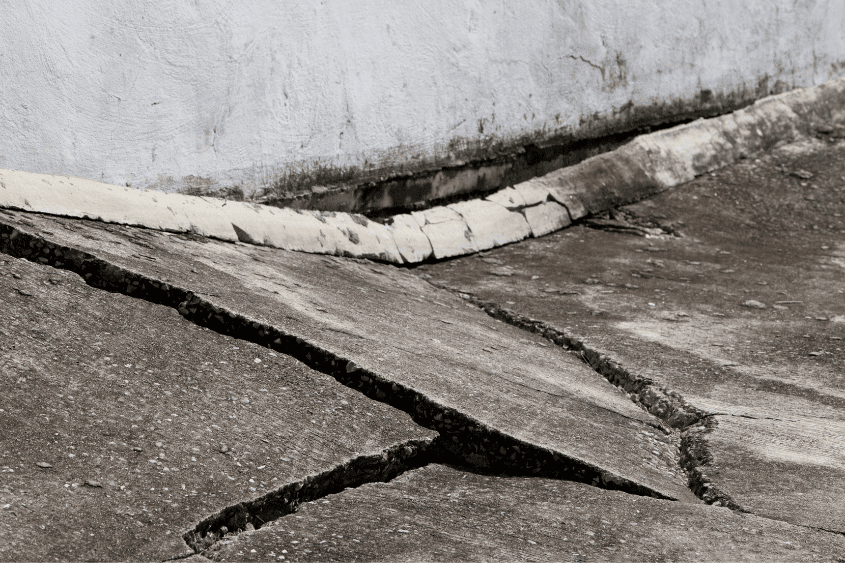
Understanding Body Corporate Disclosure Statements
In Queensland, the law mandates that sellers of lots in community title schemes provide a disclosure statement to prospective buyers before entering into a contract.

Home » Maintenance » Who is responsible for subsidence?
Subsidence is an issue faced in many body corporate schemes. In this article, we will discuss who is responsible for subsidence and what steps can be taken to address it. This article is a transcript of a recent “Ask the Expert” question answered by Strata Operations Manager Matthew Savage.
If you have any body corporate questions that you’d like answered, you can ask them here.
The first thing to understand is if the building is a Building Format Plan (BFP) or a Standard Format Plan (SFP) for maintenance purposes.
With a Standard Format Plan, the lot owner is responsible for the whole parcel of land, including anything built on it. The lot owner is responsible for fixing any subsidence issues and any damage that resulted from the problem.
However, the more common type of maintenance plan is a Building Format Plan. This is where the body corporate is responsible for maintaining the structure of the building. If the land is subsiding, and the building slab is moving, posing a structural risk to the building, then the body corporate is responsible for addressing the issue.
If a lot owner notices subsidence issues, the first thing to do is to report it. They can report it to the body corporate committee or the building manager or caretaker if there is one. Subsidence is often a land function, so it’s based on the soil. It may be due to factors like rain or clay soil that moves around as it gets wet.
If the subsidence issue is affecting multiple units in a building format plan, the body corporate should engage an engineer. The engineer will inspect all the affected properties and monitor them for a period of months to determine if they are moving and how quickly.
Based on the engineer’s recommendations, underpinning may be carried out to stop movement and stop it from getting worse. The body corporate will then repair or stop the movement. If it causes damage to water or sewer pipes, they will be responsible for repairing those damages as well.
It’s important to note that if left unaddressed, subsidence can cause significant structural damage to the building. This can become very costly to fix.

In Queensland, the law mandates that sellers of lots in community title schemes provide a disclosure statement to prospective buyers before entering into a contract.

Understanding how your individual levy amount is calculated can help you appreciate where your money goes and ensure transparency in the management of your community. Here’s a breakdown of the aspects involved in calculating levy amounts.